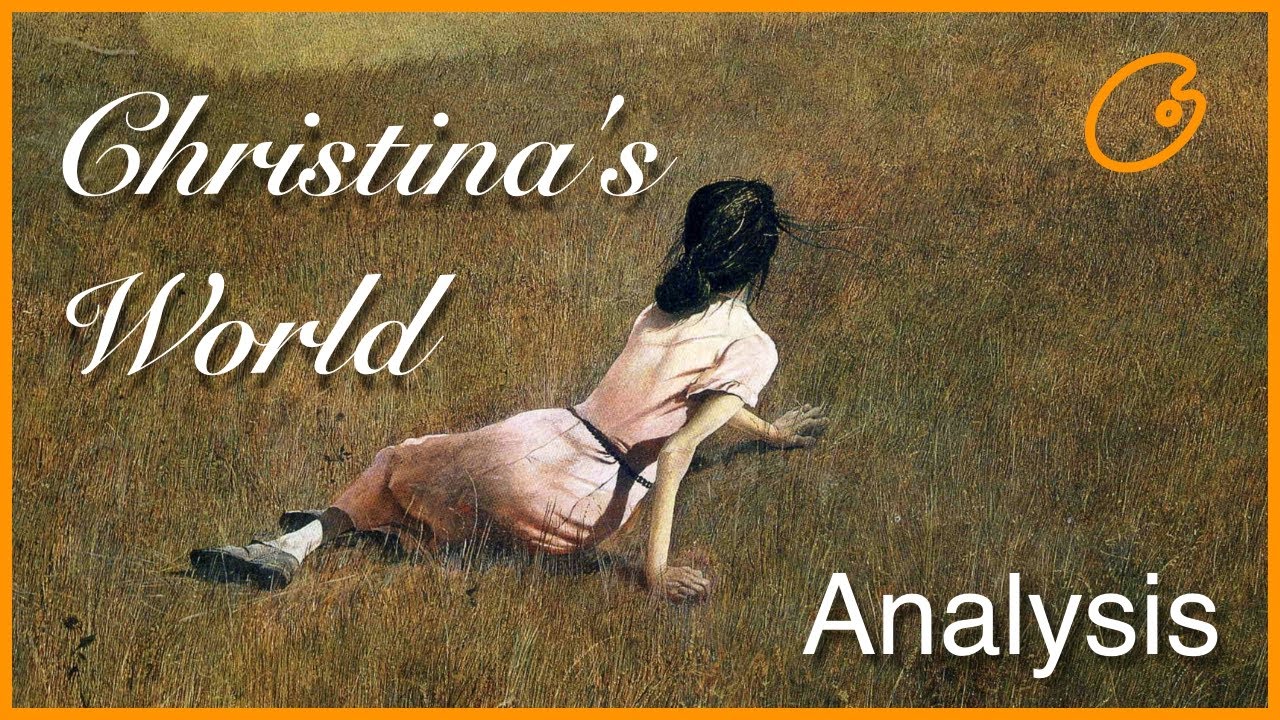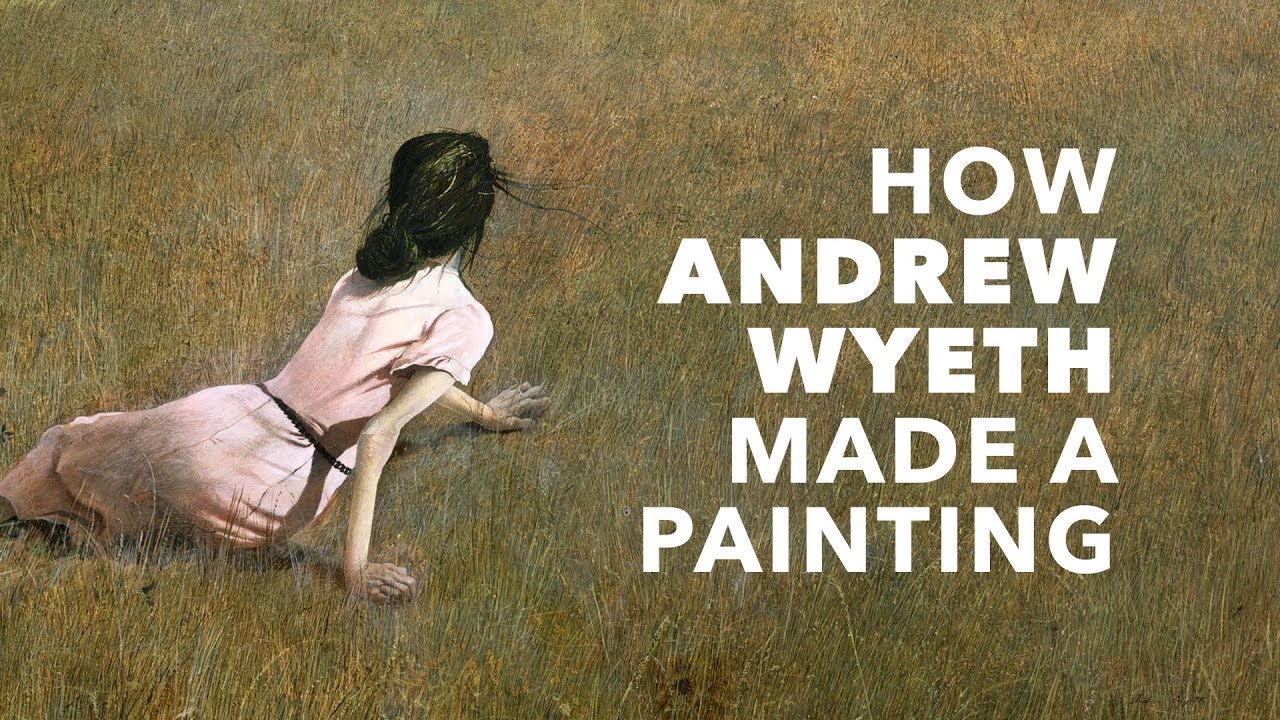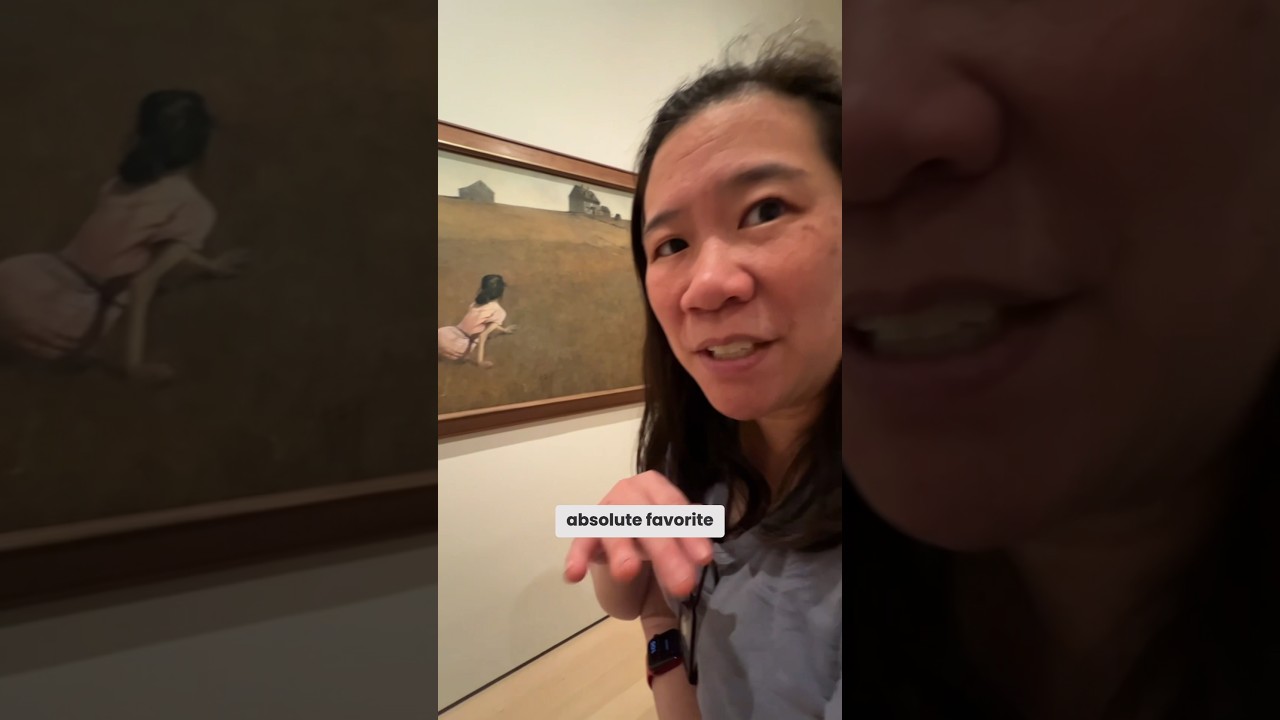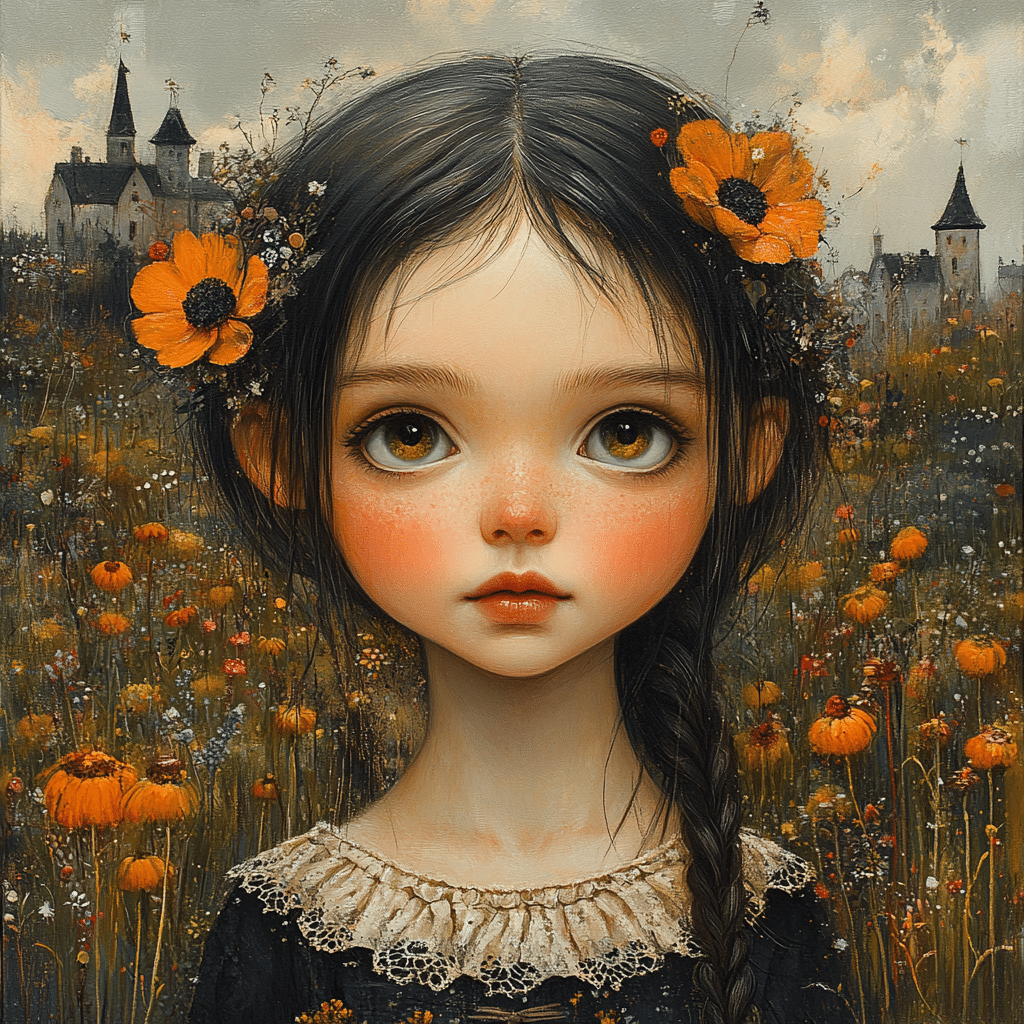
Christinas World The Inspiring Story Behind A Legendary Painting
The Legacy of Christinas World: A Revolutionary Painting
Andrew Wyeth’s “Christina’s World” stands as an emblem of American art, painted in 1948. This unforgettable image of Christina Olson, who suffered from Polio, crawling across a field while gazing longingly at a distant farmhouse, resonates with powerful themes of independence and perseverance. It not only showcases Wyeth’s technical mastery but also calls forth deep emotional responses, inviting viewers to dig into the complex narrative surrounding its subject. Understanding this painting means unpacking its artistic legacy, exploring the struggles faced by Olson, and contemplating the cultural implications of disability in art.
“Christina’s World” has evolved over the years, transcending the confines of mere art to become a cultural touchstone. It captures the essence of a moment in time while also paving the way for conversations surrounding disability and representation. As we delve into the legacy of this extraordinary piece, we’ll shine a light on the multifaceted stories that inspired its creation and the enduring impact it has had on culture, art, and our understanding of strength in adversity.
The Legacy of Christina’s World: A Masterpiece in Context
Andrew Wyeth was deeply influenced by the environment and individuals in his life. To appreciate “Christina’s World,” one must consider not just the painting but also the life of Christina Olson, who was said to be a strong, complex woman. Her ongoing health challenges informed Wyeth’s portrayal, showing her inner strength despite physical limitations. The painting serves as a poignant reflection of the struggles faced by individuals living with disabilities.
The rugged landscapes of Cushing, Maine, played a crucial role in shaping “Christina’s World.” Wyeth often painted these striking vistas, which acted not merely as a backdrop but also as a vital character in the narrative of Christina’s life. Earthy textures and muted colors sharply convey the stark beauty of the area, framing Christina’s isolating experience.
Wyeth’s work challenges traditional depictions of women in art. Instead of an idealized figure, he presents Christina as a robust symbol of resilience and vulnerability. This shift not only highlights her personal struggles but also mirrors a broader societal transformation regarding the representation of disability and strength.
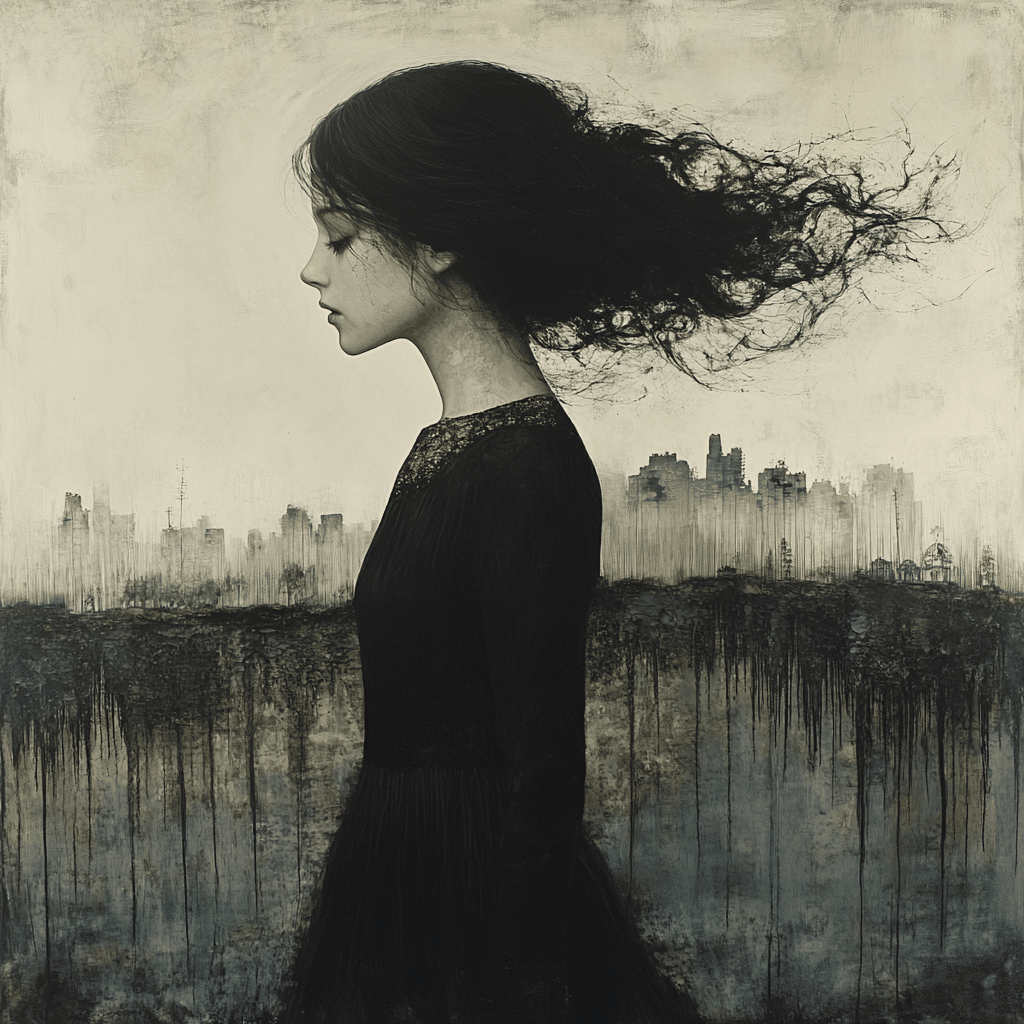
Five Influential Figures Who Shaped the Creation of Christina’s World
2.1. Andrew Wyeth: The Visionary Artist
The brilliance behind the brush, Andrew Wyeth, turned personal experiences into striking imagery. Practiced under the watchful eye of his father, N.C. Wyeth, he developed a profound understanding of narrative and emotion in painting. His commitment to realism gave “Christina’s World” its heart and authenticity, showcasing not just a moment in time but a lifetime of struggle and determination.
2.2. Christina Olson: The Determined Muse
Christina Olson’s life epitomizes strength, as she bravely battled a degenerative muscle condition. Declining the use of a wheelchair, she opted to crawl across her surroundings, using her arms to drag her lower body along the ground. This choice encapsulated her fierce independence and deep-seated desire to connect with her world despite her limitations. Her spirit shines through Wyeth’s work, imbuing it with sincerity and emotional gravity.
2.3. The Role of the Maine Landscape
Cushing’s landscape plays an essential role in accentuating Christina’s emotional journey, acting almost as an extension of her feelings. The stark, open fields reveal her relentless pursuit of connection to her home while paradoxically illustrating her isolation. Wyeth’s attention to detail adds a rich texture to the painting, setting the tone for Christina’s silent struggle.
2.4. N.C. Wyeth’s Influence
N.C. Wyeth’s storytelling prowess significantly influenced Andrew’s artistic vision. Known for his illustrations that breathed life into literary works, N.C. impressed upon Andrew the importance of narrative in visual art. This familial bond and mentorship imbued Andrew’s pieces, including “Christina’s World,” with an emotional depth that resonates through history.
2.5. Cultural Shifts in the 1940s
The 1940s marked pivotal shifts in societal attitudes toward disability. The focus on empathy and understanding intensified, leading to a wave of artists, including Wyeth, who sought to portray authenticity rather than idealized representations. This painting reflects those cultural changes and challenges prevailing norms around femininity and strength during this transformative decade.
Drawing Parallels: Royal Dano and Christina’s World
Similarly, actor Royal Dano is remembered for his characters that often confronted isolation and societal judgment. His performances echo the silent struggles faced by Christina, exploring a rich tapestry of human experience across different forms of storytelling. Just as Wyeth illuminated Christina’s pain and persistence, Dano brought forth characters whose journeys resonated deeply with audiences.
The connections between theater and visual art reveal a shared human experience, one that transcends time and medium. Stories like Christina’s and characters portrayed by Dano resonate strongly, reminding us that isolation can be a universal feeling, regardless of the medium through which it’s expressed.
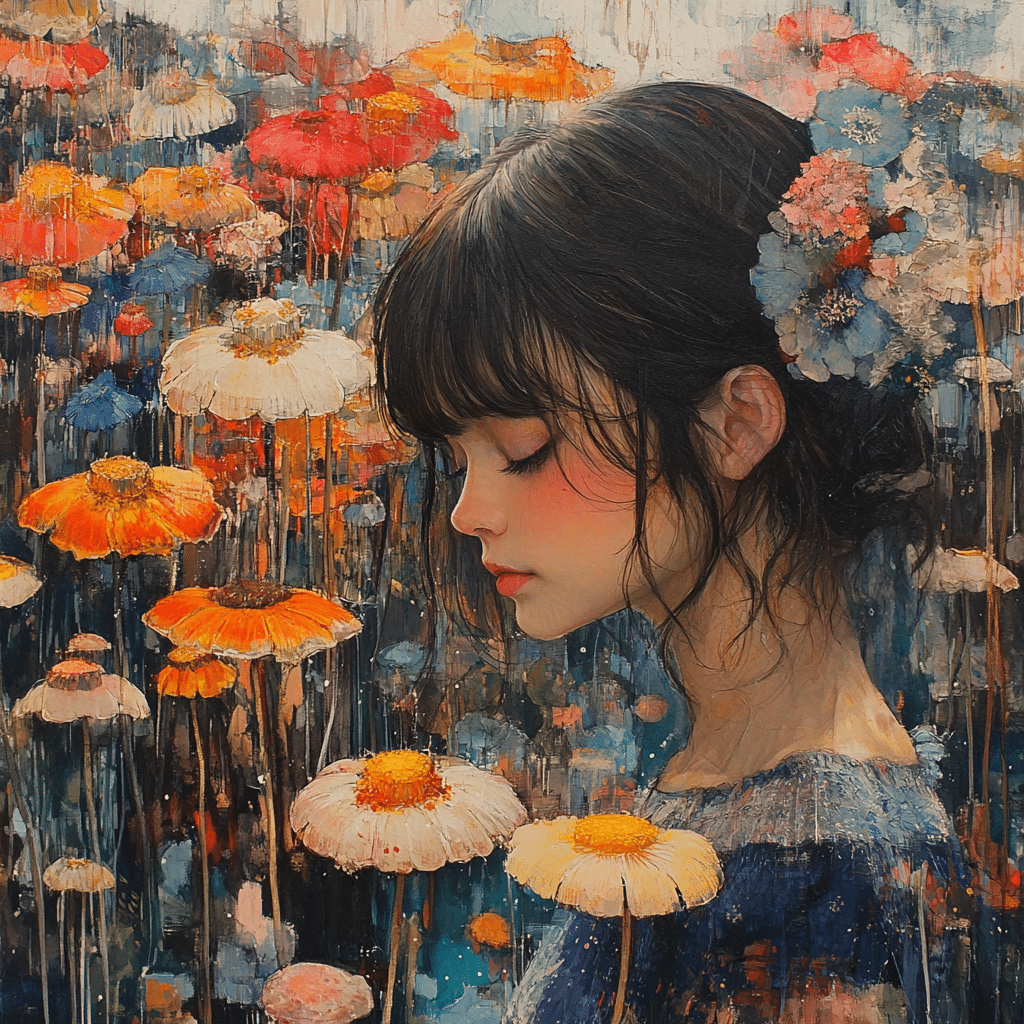
From Painting to Performance: Celebrating Christina’s World in Modern Culture
4.1. Theater and Film Adaptations
The influence of “Christina’s World” has spilled into theater and film, where its emotional gravity inspires adaptations that strive to capture the essence of Wyeth’s work. Contemporary interpretations, such as those featuring Taj Cross, embrace character-driven narratives reminiscent of Wyeth’s storytelling prowess. These adaptations honor the original while inviting new interpretations that resonate with today’s audiences, exploring the same themes of struggle and tenacity.
4.2. Anime and Doujins: Modern Artistic Tributes
In recent years, doujins—self-published works in anime and manga—have emerged as vibrant platforms for storytelling. Many of these creations draw inspiration from “Christina’s World,” reimagining themes of resilience and personal struggle. Artists craft narrative arcs similar to Christina’s silent battle, breathing new life into historical themes and connecting with younger audiences.
4.3. Exhibitions and Longevity of Influence
Art exhibitions worldwide continue to celebrate “Christina’s World,” illustrating its lasting impact on culture and society. By engaging and educating younger generations through interactive displays, museums ensure Wyeth’s narrative remains relevant, fostering discussions around disability, representation, and the human spirit. These initiatives bring forward the timeless quality of the painting, encouraging audiences to connect deeply with Christina’s experience.
Christina’s World as a Reflection of Societal Changes
“Christina’s World” stands as a compelling marker in how society perceives disability, resilience, and strength. As conversations around accessibility and representation evolve, the painting asks us to confront our perceptions and biases, inviting deeper contemplation about the narratives we share. Understanding this artwork helps inform ongoing dialogues surrounding these crucial topics.
The legacy of Christina Olson remains powerful, illustrating not only her physical challenges but also her profound spirit. Her story parallels ongoing discussions about identity and representation in contemporary society, proving “Christina’s World” is much more than a single image; it encapsulates narratives that transcend time.
In summary, Andrew Wyeth’s masterwork is a testament to the enduring power of storytelling, revealing a spectrum of human experience and emotion. “Christina’s World” continues to inspire new generations, weaving together diverse interpretations and dialogues that illuminate our shared human journey, encouraging us all to explore the strength found in vulnerability and the richness embedded in each line and color.
Through art, we glimpse the resilience of the human spirit — just like Christina gazing toward her home — inviting us to find beauty amidst struggle, as both Wyeth and countless contemporary artists celebrate her remarkable story.
christinas world: The Inspiring Story Behind a Legendary Painting
The Portrait of Isolation
“Christina’s World,” the now-iconic painting created by Andrew Wyeth in 1948, tells a poignant story with each brushstroke, capturing the essence of yearning and solitude. Inspired by Christina Olson, a woman living in Maine who suffered from muscular dystrophy, the artwork encapsulates her struggles and dreams. Many may not know that Wyeth was also deeply influenced by his surroundings, including the old farmhouse where Christina lived. Interestingly, this setting in Rockport, Massachusetts, plays a significant role in adding to the painting’s haunting beauty. The contrasts in the artwork echo the discussions found in pop culture; for instance, the themes in shows like Slappy Goosebumps highlight how stories resonate with deep emotional connections.
A Touch of Film and Art
The narrative of “Christina’s World” reminds us that inspiration can be drawn from various sources, much like in film. Reflecting on characters from different universes, from the courageous figures in Princess Mononoke to the modern-day quests showcased in events like WWE Payback 2023, artistic vision knows no bounds. What’s fascinating is how visual art, like Wyeth’s painting, can evoke feelings in a way that connects with everything from street art inspirations to classic films. And speaking of inspirations, Christina’s story resonates with many, including influential figures like Bridget Phillipson, who push boundaries and advocate for visibility and strength in their fields.
The Personal Touch
Art often serves as a mirror to the human experience. For instance, “Christina’s World” not only tells the story of a woman but also represents the fight against adversity faced by so many individuals today. It’s interesting to note how the painting’s themes resonate with discussions around modern issues, similar to topics addressed by media platforms focusing on social commentary like Turtleboy or M1 911. The emotional depth of Wyeth’s work stands parallel to the conversations sparked by notable personalities like Andy Cohen, who frequently shares stories that connect us more deeply. Additionally, as we consider the struggles faced by Christina, it brings a sense of community, very much like the initiatives in Northeast Connecticut, where mutual support remains vital.
As we dive deeper into the aesthetic and emotional complexities of “Christina’s World,” it’s a reminder that art, much like life, often intertwines diverse narratives, each enriching our understanding of the human spirit. It invites us to reflect on our stories, reminding us that, at times, a single image can be just as powerful as a film or a series.
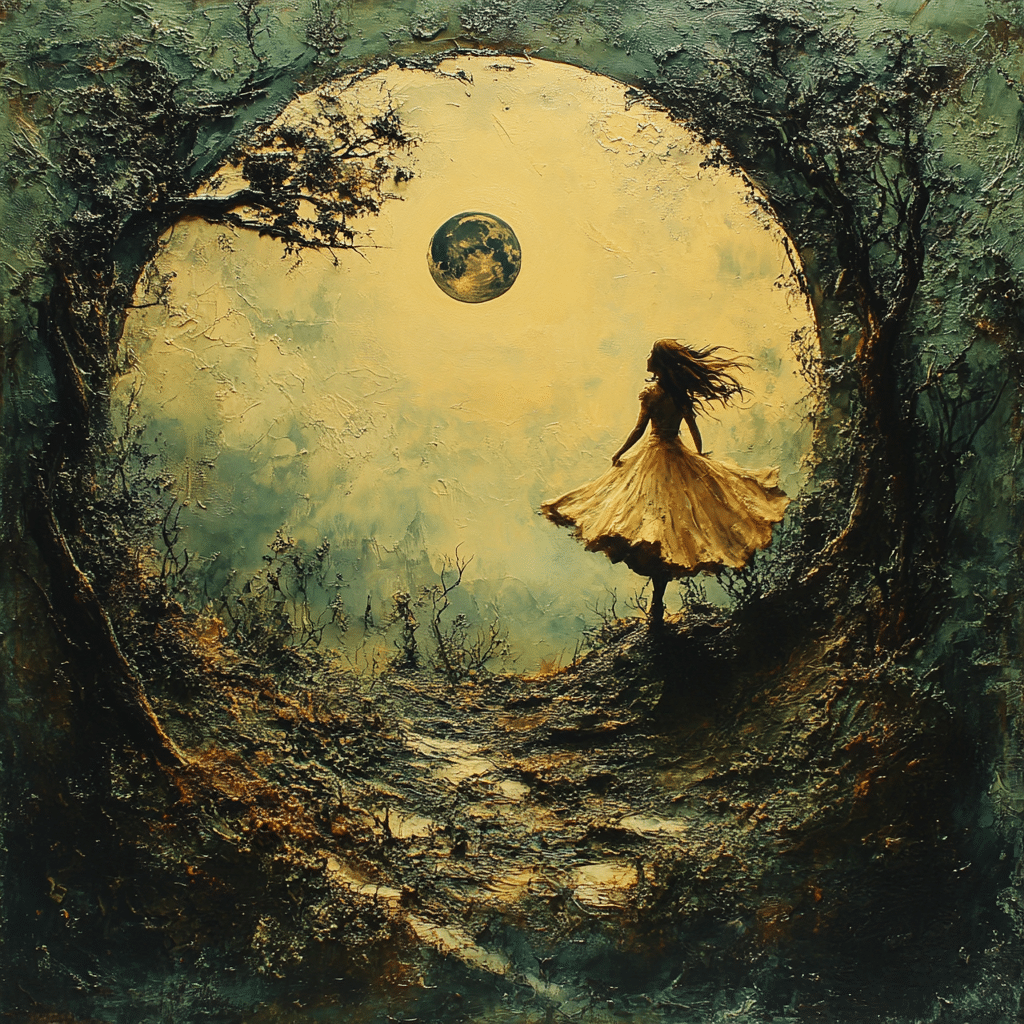
What is the disease in Christina’s world?
Christina’s World is centered around a degenerative muscle condition that has been described as possibly polio, which left Christina Olson unable to walk.
What is the diagnosis of Christina’s world?
While the exact diagnosis isn’t definitively stated, Christina Olson had a lifelong paralytic disorder that progressively worsened over time, affecting her mobility.
What is the meaning behind christinas world?
The painting reflects themes of longing, determination, and isolation, as it captures Christina crawling toward her house, embodying her struggle and spirit despite her limitations.
Where is the original Christina’s world?
The original Christina’s World is held at the Museum of Modern Art in New York, where it remains a celebrated piece of American art.
What autoimmune disease does Christina have?
Christina Olson is not specifically documented with an autoimmune disease; her condition relates more to a progressive paralytic disorder affecting her muscles.
What disease did Christina have?
Olson’s ailment, identified more generally, manifests as a degenerative muscle disease that impacted her ability to walk, leading her to adopt a crawling movement instead.
What is the artist trying to say in Christina’s world?
Andrew Wyeth conveys deep emotions through Christina’s World, illustrating resilience against adversity and the profound connection between the individual and their landscape.
What disease did Anna Christina Olson have?
Anna Christina Olson had a degenerative muscle disease that severely limited her mobility throughout her life, impacting her daily experiences.
What ailment did Christina Olson have?
Christina Olson’s ailment was documented as a slowly progressive paralytic disorder, which is evident in Andrew Wyeth’s painting.
Why is Christina’s World controversial?
Christina’s World stirs some controversy, mainly because people sometimes perceive it as a romanticized portrayal of disability, sparking discussions about representation and authenticity.
Is Starry Night an oil painting?
Yes, Starry Night is indeed an oil painting; Vincent van Gogh created it using oil on canvas, showcasing his unique style and emotional depth.
How long did it take to paint Christina’s world?
It took Andrew Wyeth about two years to complete Christina’s World, during which he captured the essence of Olson’s experiences and the surrounding landscape.
What was Andrew Wyeth’s most famous painting called?
Andrew Wyeth’s most famous painting is well-known as Christina’s World, which has become iconic in American art history due to its depth and poignant subject matter.
What is the highest price paid for an Andrew Wyeth painting?
The highest price paid for an Andrew Wyeth painting was around $9.3 million for “Braids,” which sold at auction in 2014, reflecting his significant impact on collectors and the art market.
What is the painting about the disabled woman in a field?
The painting highlighting a disabled woman in a field is Christina’s World, where Christina Olson is depicted crawling toward her home, symbolizing her struggle and determination.
What health issues does Christina on the coast have?
In “Christina on the Coast,” Christina faces health issues linked to her degenerative muscle condition, reflecting her ongoing challenges with mobility.
What happened to Christina Olson?
Christina Olson experienced a gradual decline in her health due to her muscle condition, which ultimately limited her mobility and independence significantly.
What happened to Christina’s father?
Christina Olson’s father, who owned the family farm, also experienced struggles, particularly as financial difficulties led to the loss of their home after he failed to run the farm successfully.
What was Andrew Wyeth’s most famous painting called?
Andrew Wyeth’s most famous painting is often referred to as Christina’s World, highlighting his artistic relationship with Christina Olson and the themes of her life.





